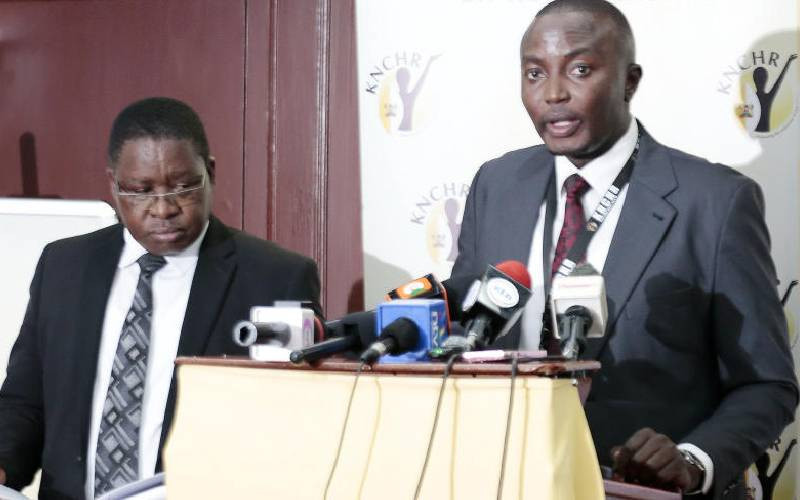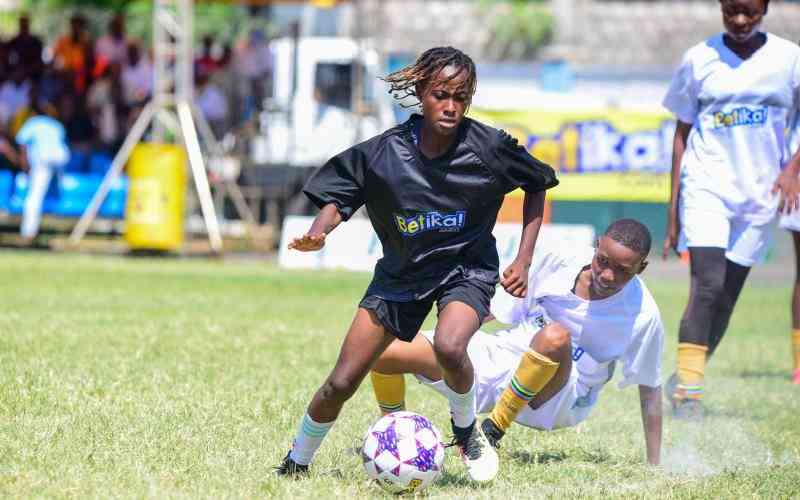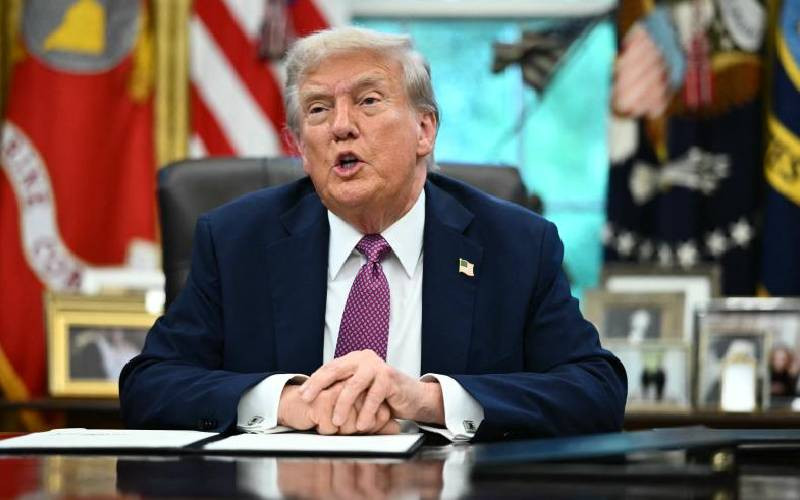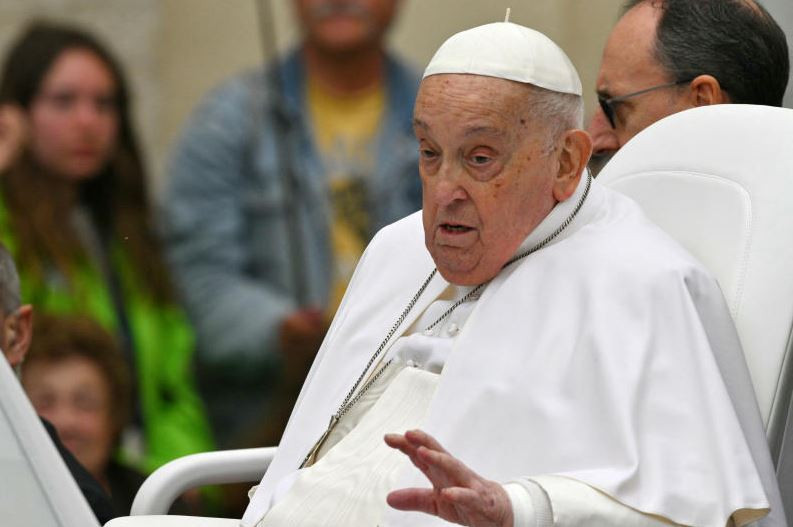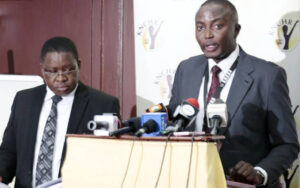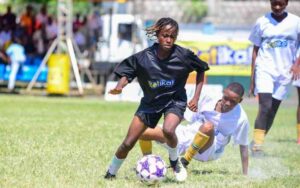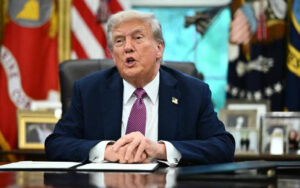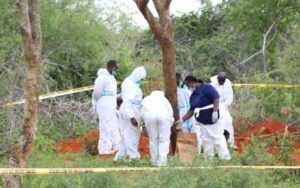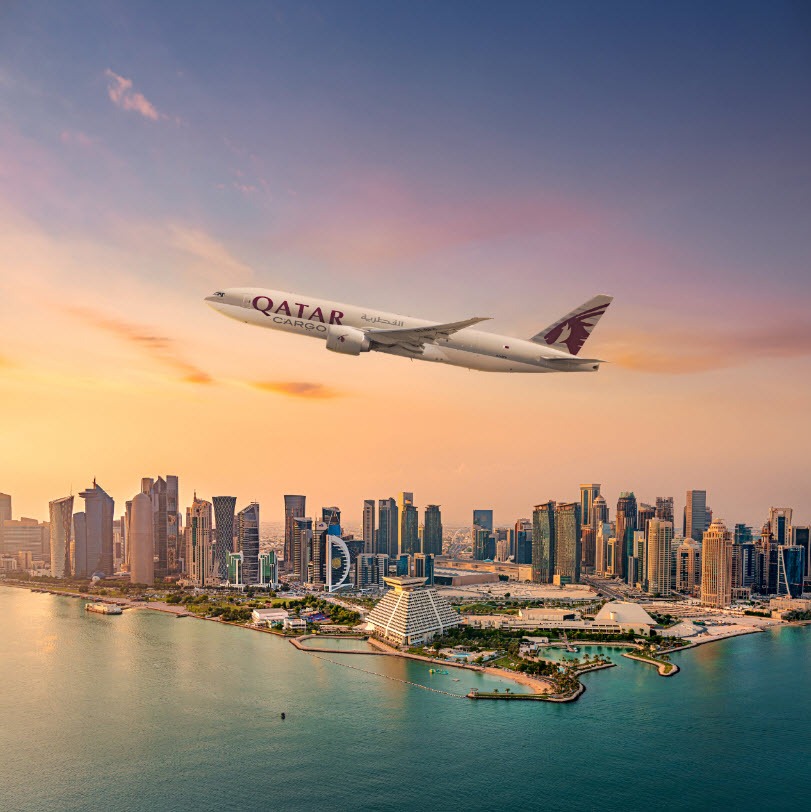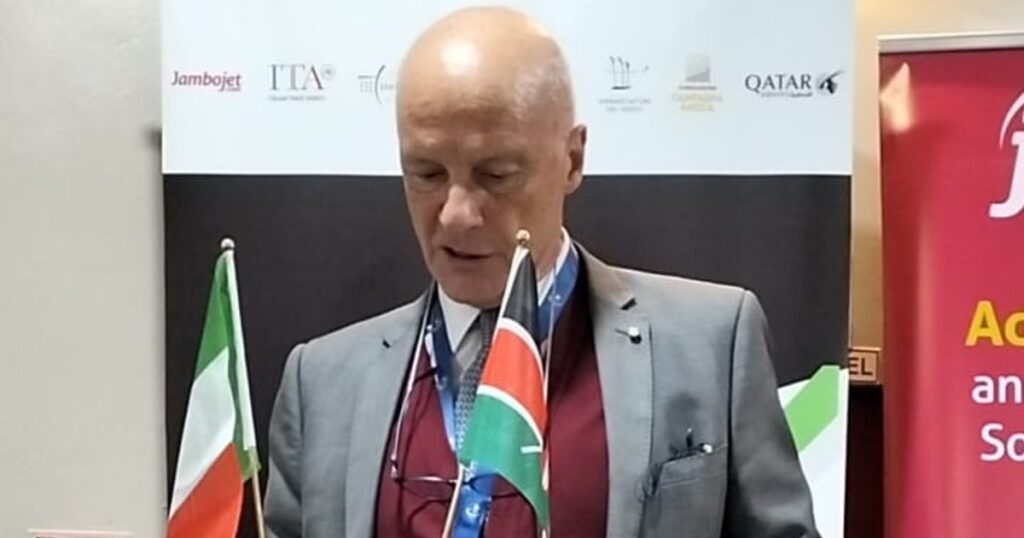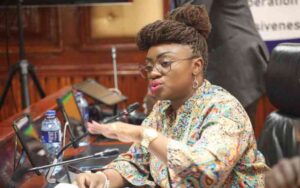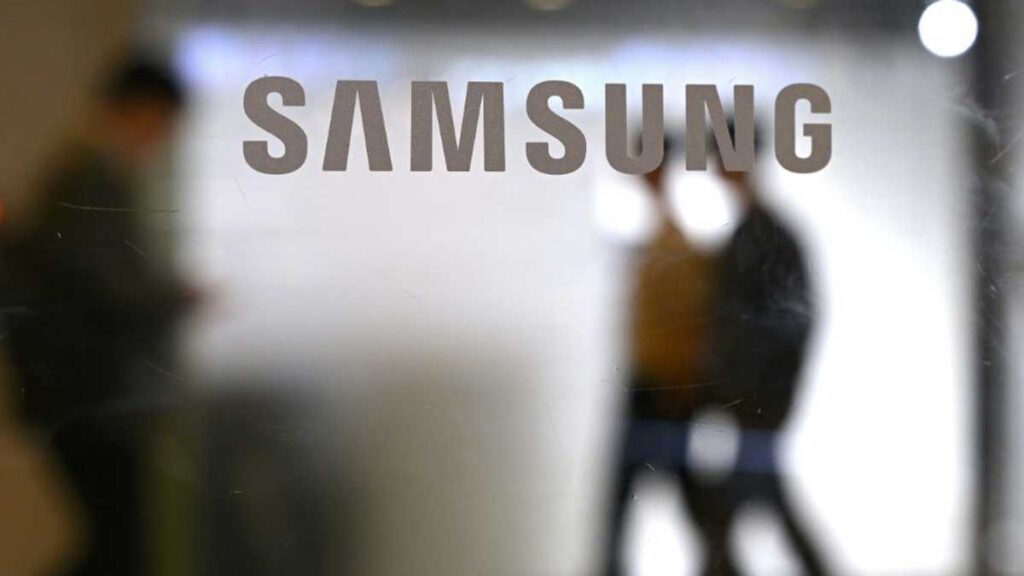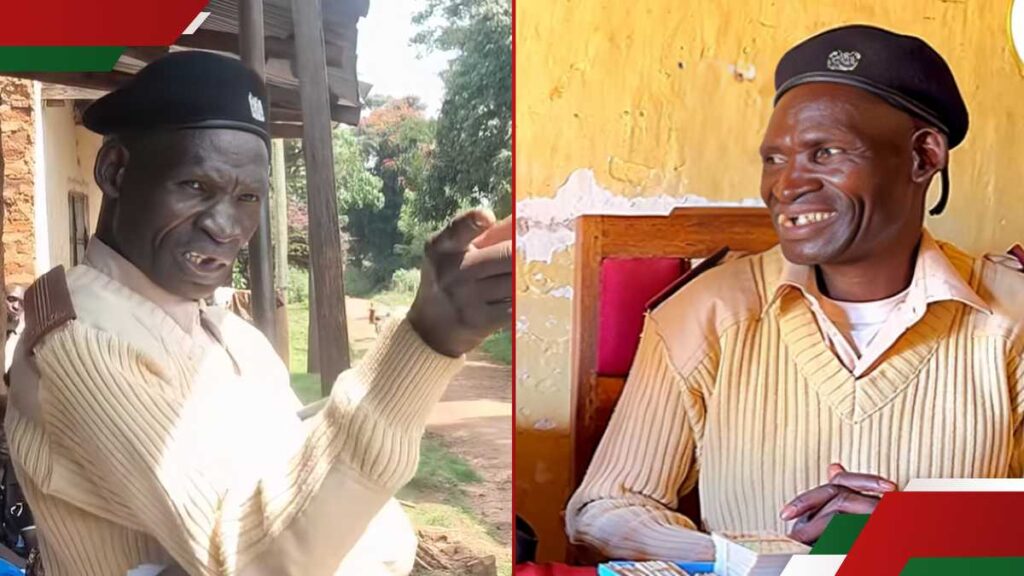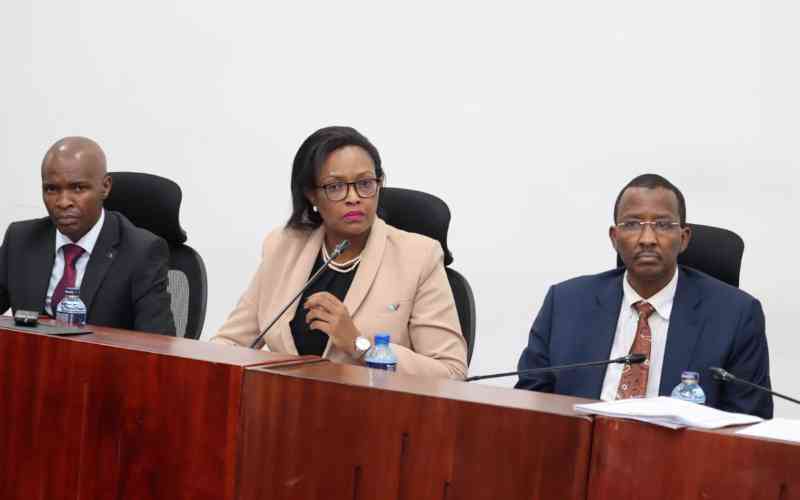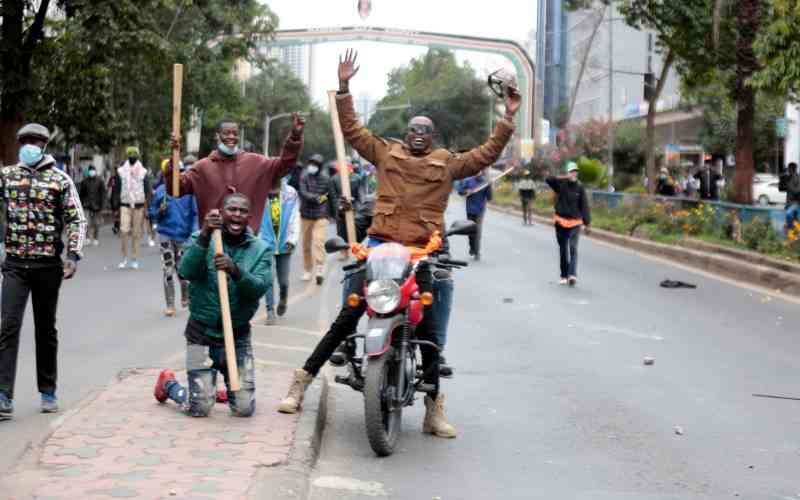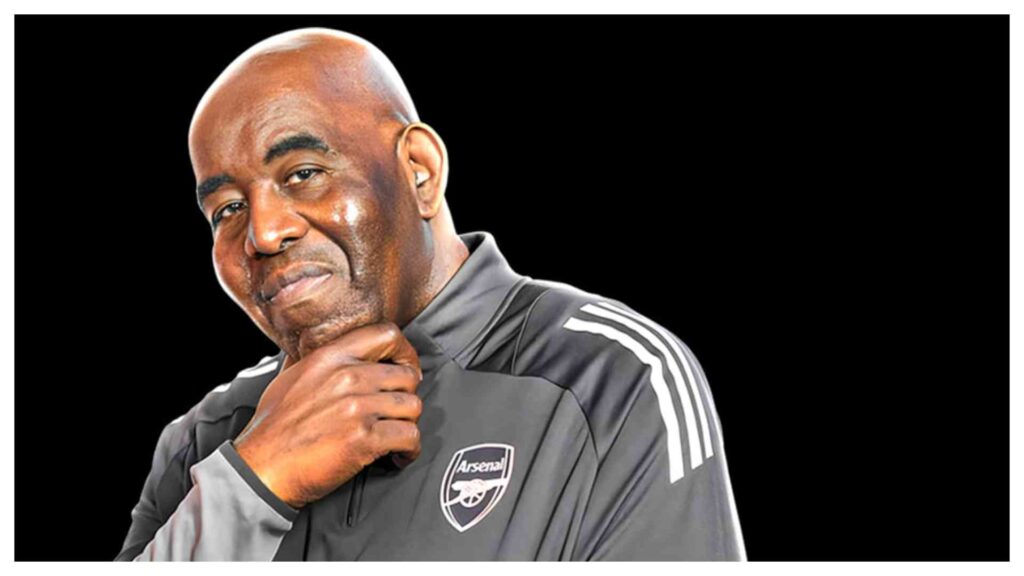Pope Francis will be buried on Saturday, April 26 at 11 am in St Peter’s Square, Basilica rather than St. Peter’s Basilica, marking a significant departure from over a century of papal burial tradition.
The decision followed the first General Congregation of Cardinals, held Tuesday morning, and aligns with the late pontiff’s final wishes outlined in his Spiritual Testament, which gave indications for Pope Francis’ burial.
Pope Francis will be the first pope in over a century to be buried outside St. Peter’s Basilica.
Traditionally, most popes are laid to rest at St. Peter’s Basilica in Vatican City, with their tombs typically situated either in the Vatican Grottoes beneath the basilica or within its chapels.
The public viewing of the body will start on Wednesday morning.
Pope Francis requested a simple burial in the Pauline Chapel of St. Mary Major, a sanctuary he held close throughout his ministry.
The chapel houses the revered icon Maria Salus Populi Romani, a symbol of deep Marian devotion.
In his Spiritual Testament dated June 29, 2022, the Pope asked for a plain tomb in the ground, without particular ornamentation, bearing only a one-word inscription: Franciscus, which is a Latin translation of his name Francis.
“As I sense the approaching twilight of my earthly life, and with firm hope in eternal life, I wish to set out my final wishes solely regarding the place of my burial,” he wrote.
The Pontiff wrote and illustrated on a plan, that his tomb be prepared in the burial niche in the side aisle between the Pauline Chapel (Chapel of the Salus Populi Romani) and the Sforza Chapel of the Basilica.
He indicated that the burial expenses would be covered by money provided by a benefactor.
“I have arranged (the benefactor) to be transferred to the Papal Basilica of Saint Mary Major. I have given the necessary instructions regarding this to Cardinal Rolandas Makrickas, Extraordinary Commissioner of the Liberian Basilica,” the pontiff wrote.
“Throughout my life, and during my ministry as a priest and bishop, I have always entrusted myself to the Mother of Our Lord, the Blessed Virgin Mary. For this reason, I ask that my mortal remains rest – awaiting the day of the Resurrection – in the Papal Basilica of Saint Mary Major,” reads the testament.
It was his wish that his final earthly journey to end precisely in this ancient Marian sanctuary, where he would always stop to pray at the beginning and end of every Apostolic Journey.
Stay informed. Subscribe to our newsletter
“May the Lord grant a fitting reward to all those who have loved me and who continue to pray for me. The suffering that has marked the final part of my life, I offer to the Lord, for peace in the world and for fraternity among peoples,” Pope Francis wrote.
On Wednesday morning, the Pope’s body will be transferred from the chapel of the Casa Santa Marta to St. Peter’s Basilica where it will lie in state until Saturday morning when the body will be taken to Basilica of St. Mary Major for funeral and entombment.
The Vatican stated that Cardinal Giovanni Battista Re, Dean of the College of Cardinals, will preside the funeral Mass, which will be concelebrated by Patriarchs, Cardinals, Archbishops, Bishops, and priests from across the globe.
According to the Holy See Press Office, Cardinal Kevin Farrell, Camerlengo of the Catholic Church, will preside over the rite of translation on April 23, which will begin at 9:00 AM with a moment of prayer.
The procession will pass through Santa Marta Square and the Square of the Roman Protomartyrs, before exiting through the Arch of the Bells into St. Peter’s Square and enter the Vatican Basilica through the central door.
Cardinal Camerlengo will then preside over the Liturgy of the Word before the public body viewing commences.
The events followed the rite of the ascertainment of death of the pope and the placement of the late Pope Francis’ body in the coffin, which took place on Monday evening at 8 pm in the chapel of the Casa Santa Marta presided over by Cardinal Camerlengo.
Cardinal Kevin Farrell, Cardinal Pietro Parolin, and Archbishop Edgar Peña Parra then sealed the doors of the papal apartment in the Apostolic Palace and the door to the apartment of the Casa Santa Marta, where the late Pope Francis lived.
During the rite, the declaration of death was read aloud in an event that lasted just under an hour.
Once the death is verified by the cardinal camerlengo, the pope’s ring, known as Fisherman’s Ring and the papal seal will be broken, to symbolise the end of Pope Francis’ authority.
On Tuesday, the Vatican released photos of Pope Francis dressed in his white liturgical vestments and lying in a wooden coffin inside the chapel of the Santa Marta residence, where he had lived throughout his 12-year papacy. Swiss Guards stood on either side of the casket.
Those who attended the rite of ascertainment include the Dean of the College of Cardinals, Cardinal Giovanni Battista Re, and family members of the late Pope Francis, alongside Dr. Andrea Arcangeli and Dr. Luigi Carbone, the Director and Deputy Director of the Directorate of Health and Hygiene, respectively.
According to the official communiqué from the Holy See, Pope Francis succumbed to a stroke, followed by a coma and Irreversible cardiocirculatory collapse as ascertained by Dr. Andrea Arcangeli, the Director of the Directorate of Health and Hygiene of the Vatican City State.
“According to the official medical report, the Pope had a prior history of acute respiratory failure caused by multimicrobial bilateral pneumonia, multiple bronchiectases, high blood pressure, and Type II diabetes,” said Vatican press office.
His death was confirmed through electrocardiographic thanatography- a recording and analysis of the heart’s electrical activity at or near the time of death using an electrocardiogram (ECG)
“I hereby declare that the causes of death, to the best of my knowledge and judgment, are as stated above,” wrote Dr. Arcangeli.


